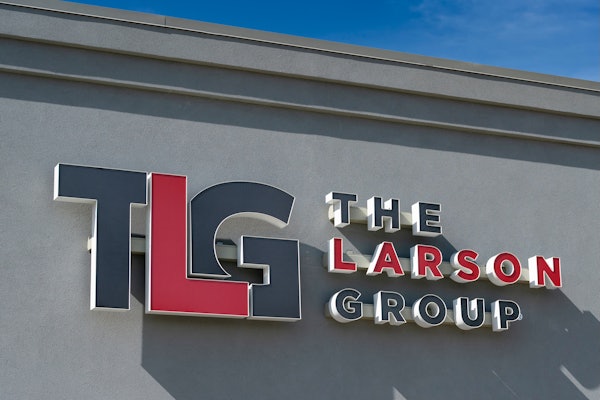The independent aftermarket isn’t known for its loud, commanding industry voice. By and large, distributors are, in my experience, a quiet, hard-working group that prefers to let actions speak louder than words.
Modesty and humbleness are usually admirable traits, but as you’ll read in this month’s cover story not when it comes to letting your customers know the true value of your business. Many of you are self-made successes, starting your own businesses from the ground-up and keeping them viable through continual innovation and by exceeding customer expectations.
While a ticker-tape parade celebrating your role in the industry might be overkill, there is nothing wrong with letting your customers know what you do for them. Especially when doing so may be essential for you to remain viable, let alone expand operations or grow market share.
Many industry veterans say this is the toughest market they’ve ever seen – and your customers often are forced to find the best deal. Even long-time loyalty may go by the wayside as they struggle to optimize every expense and give their customers the best value.
It’s an understandable situation and it’s difficult, if not impossible, to put a price tag on loyalty.
Which is why quantifying how you earned that loyalty is so very important.
It ‘s easy to get caught up in daily operations, so tightly focused on the means that you forget to highlight the end result – making sure the customers’ vehicles are up and running in the most timely, efficient and financially responsible way possible.
And, chances are, your company has multiple connections with your best customers – inside sales team, outside sales team, office support, and of course, you.
Gather, integrate and communicate all of those touch points and what they mean to your customers’ bottom lines.
Create customer value files.
Rick Gregory, co-author of “The Dollarization Discipline (see the Guest Column, page 36),” shared some of the principles of his book for the cover story this month. One of the ideas he suggests is to start a paper trail – perhaps initially using the 80/20 rule (the top 20 percent of customers who generate 80 percent of your business) – that details the ways your company goes above and beyond to help their company.
It’s a process that should be easily implemented and executed into your business, particularly if you’re already using a CRM (customer relationship management) system. If you’re not, this is a good place to start.
Identify those top customers and try this new system out on them. Then instruct every employee who will have contact with those customers to append the customer file on your CRM system, or make a note in a simple text document, with every interaction that goes beyond the normal course of doing business.
It could be a weekend delivery or an alternative part suggestion that provides longer life or reduces maintenance. It could be sourcing an obsolete component. It may be taking back a part that was inadvertently ordered and went unused. It may be handling a warranty claim.
In other words, note anything that helps customers reduce expenses or improve their operations beyond the norm.
Use these customer value files when the price of a product is called into question. Use them when your business is being shopped around. Use them as a gentle reminder of why you have earned their business and should keep it.
Chances are, some of the “added value” you provide may be going unnoticed. Bringing it to your customers’ attention could be the difference in retaining the business.
Don’t expect flowers or a thank-you note. But they will reward you with repeat business and possibly expand the role you play in their operations with additional product lines or services.
But first they need to know. And that’s up to you.






